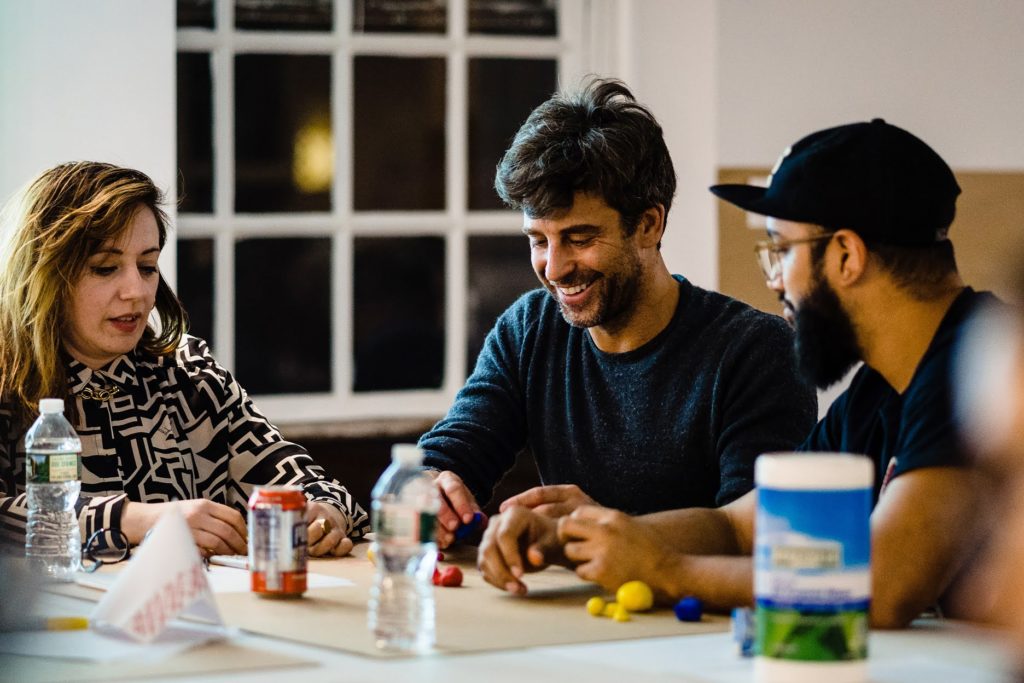
When group work is both the most necessary and the most difficult endeavor of our time, what methods are necessary for collaboration within creative practice?
On November 19, the Center for Complexity welcomed visiting artists and educators Susan Jahoda and Caroline Woolard (authors of Making & Being) to RISD. Susan and Caroline facilitated a hands-on workshop exploring the role of objects in enabling groups to collaborate more equitably across disciplines.
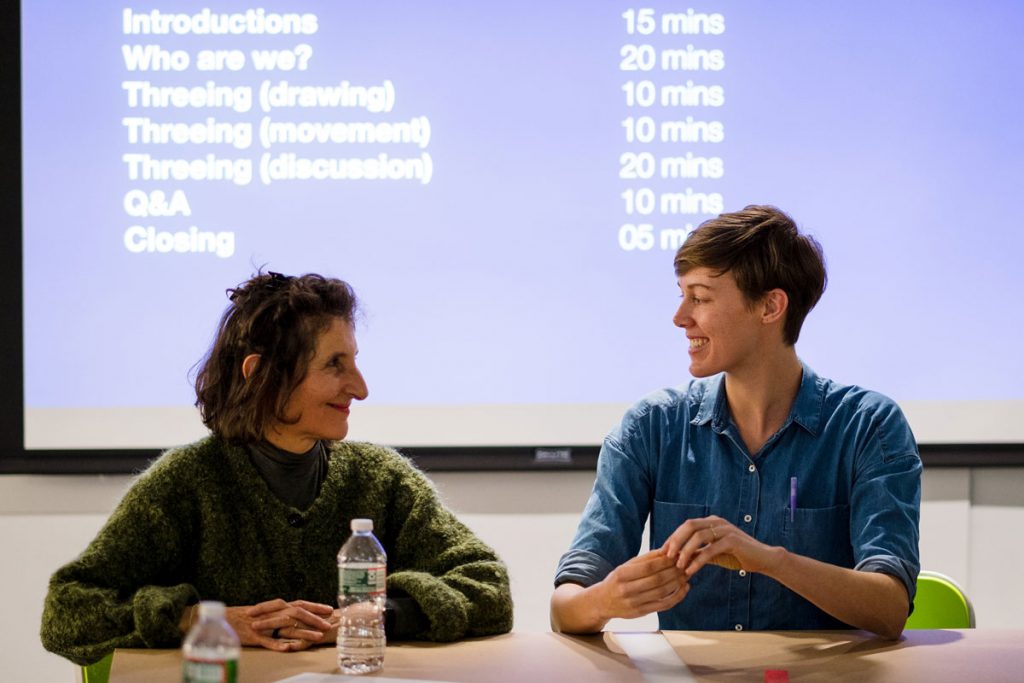
The workshop attracted a vibrant cross-section of RISD students, faculty, and leadership, as well as communities of practice including artists and educators from Rhode Island, Massachusetts, and New York. Participants explored Threeing, a verbal and non-verbal technique to promote “embodied creative practice and to bring awareness to the role each of us tends to play in collaborative settings.” Threeing was developed by the video-artist (not politician) Paul Ryan, between 1971 and the end of his life in 2013. It is “a voluntary practice in which three people take turns playing three different roles: initiator, respondent, and mediator.” Working in groups of three, participants used Threeing to create drawings, texts, and to be in dialog with one another, while rotating between the three roles. This workshop took inspiration from Making & Being, a book for educators that emphasizes contemplation, collaboration, and circulation in the visual arts and The Study Center for Group Work, a library of collaborative methods that have been developed by artists.
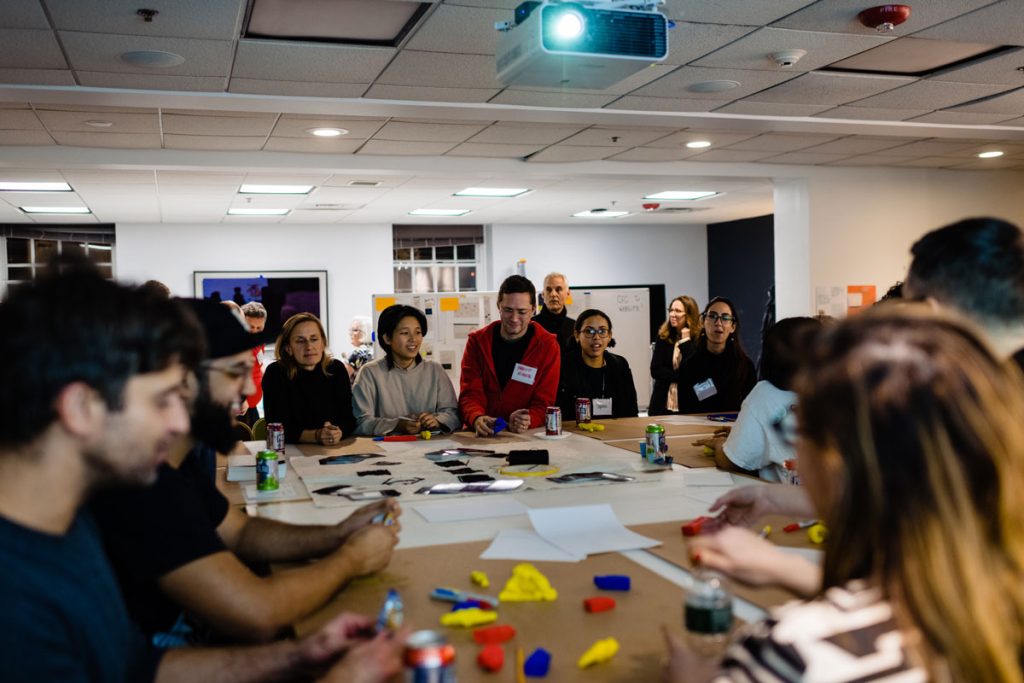
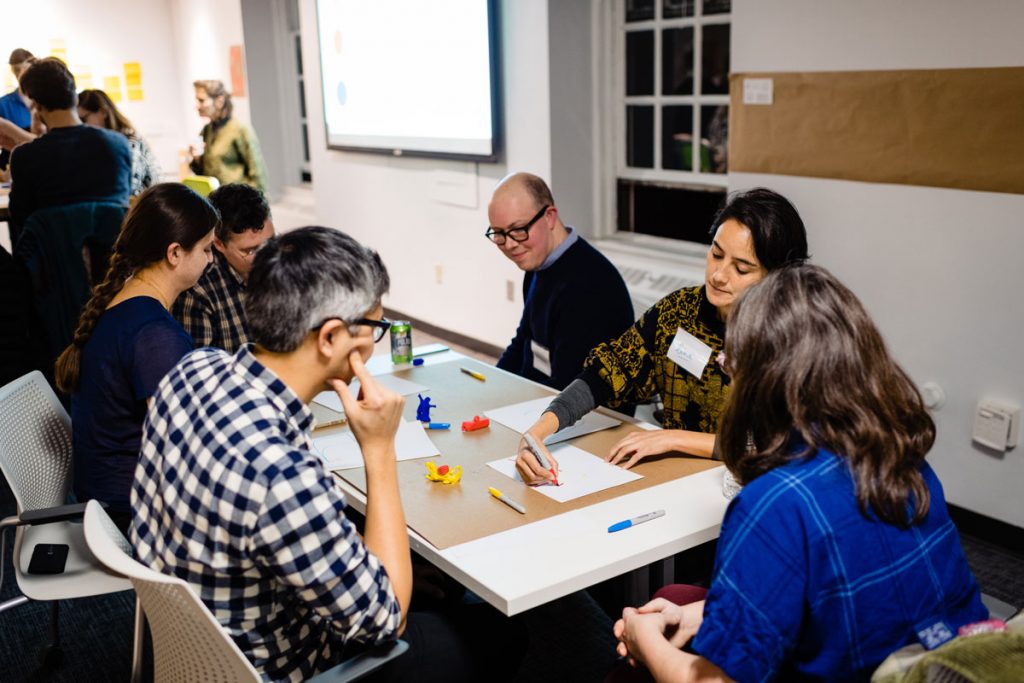
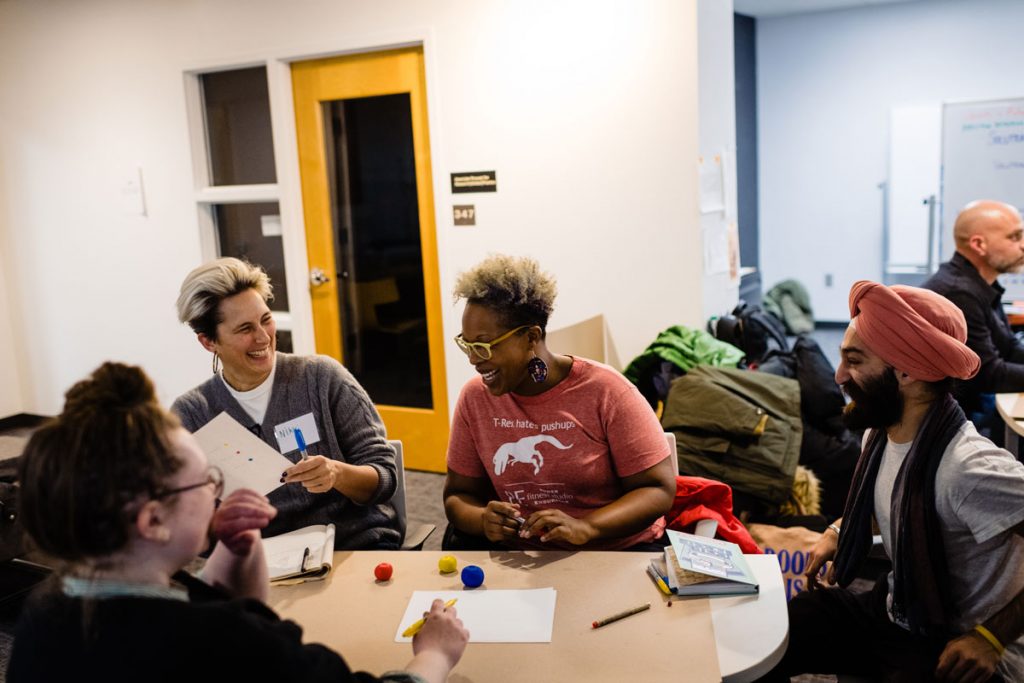
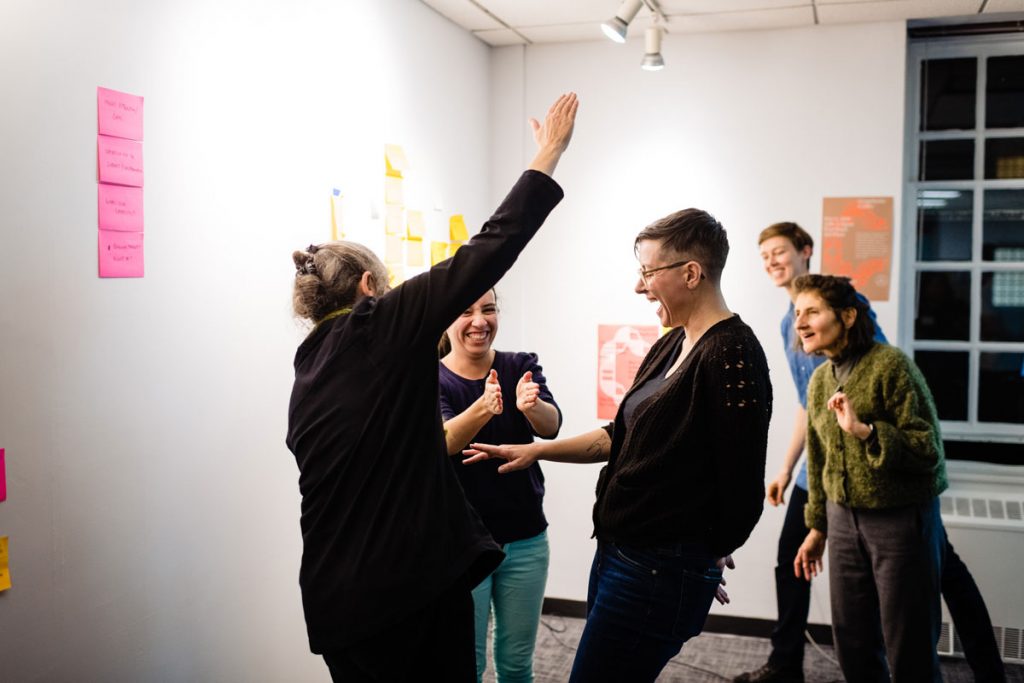
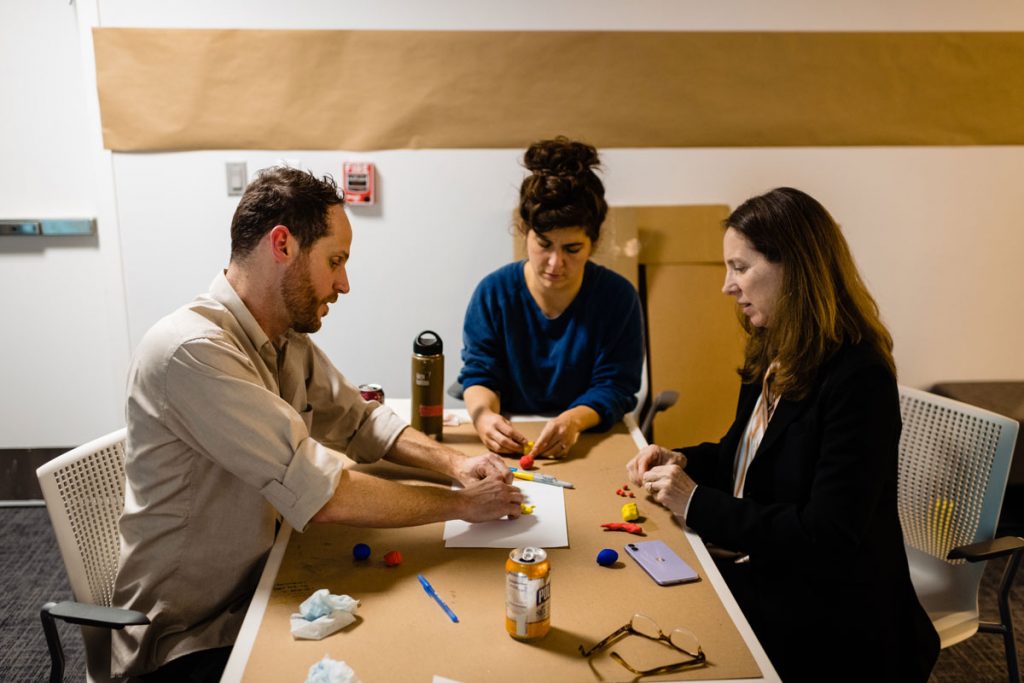

Additional Resources:
Chapter 13: Labor – Making & Being
Labor Lifecycle Framework
BFAMFAPHD
RISD Media Pos
